On the occasion of International Women’s Day, a spotlight is cast on the challenges Indian women grapple with, shedding light on the stark reality of the nation’s struggle to uphold women’s rights.
Despite being home to a diverse and vibrant population, recent data reveals disheartening figures that question the status of women in India.
India, with its 49% female population, witnesses a mere 11% representation of women in the Parliament and a concerning 19% in employment. The workforce stands at 361 million males in contrast to a meager 39 million females, raising eyebrows on the disparity.
The gender literacy gap is a significant concern, with women lagging behind by 20%. Professional women also face a salary gap of 20% compared to their male counterparts.
Disturbingly, India holds the title of the world’s most dangerous country for women. In 2023 alone, 28,811 complaints of crimes against women were reported, ranging from harassment, domestic violence, dowry harassment, molestation, and rape. Uttar Pradesh tops the list with 16,109 complaints, reflecting the dire situation.
International incidents of sexual assault on foreign tourists have raised concerns. In 2019, the United States issued a travel advisory, cautioning its citizens about the rising incidents of sexual assault against female tourists in India.
UNICEF reports that 27% of girls in India are married before the age of 18. Additionally, 15% of married women face divorce due to dowry demands. Shockingly, in 2017, 7,000 women lost their lives due to non-payment of dowry.
Instances of acquittal in high-profile cases, such as the gang rape and murder of a Dalit woman in Uttar Pradesh, raise questions about the efficacy of the justice system. In February 2023, four criminals were acquitted, leaving the victim without justice.
The International Women’s Day serves as a stark reminder of the uphill battle Indian women face in their pursuit of equality and safety. As international organizations raise their voice against the plight of women in India, it calls for collective efforts to address these deeply rooted issues and strive for a more inclusive society.

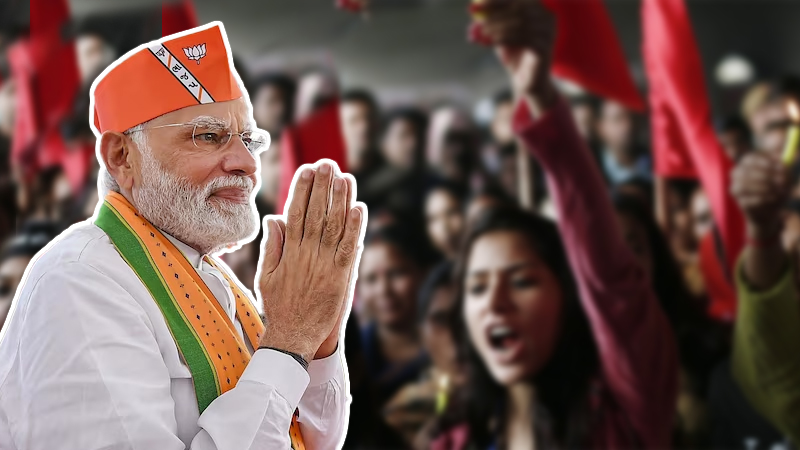



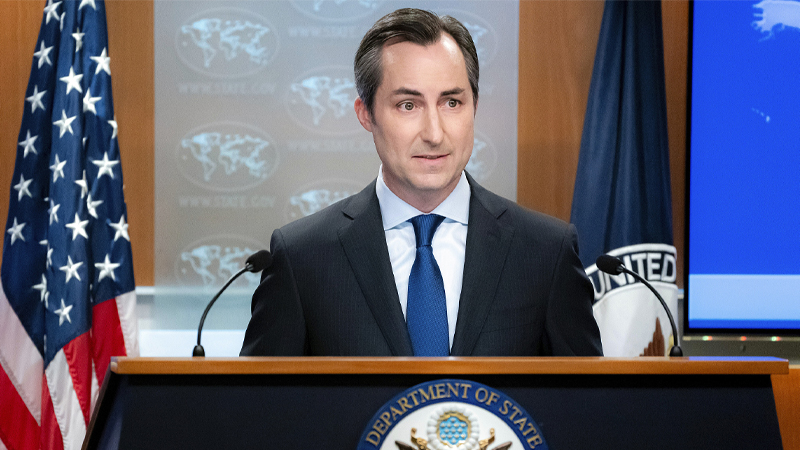


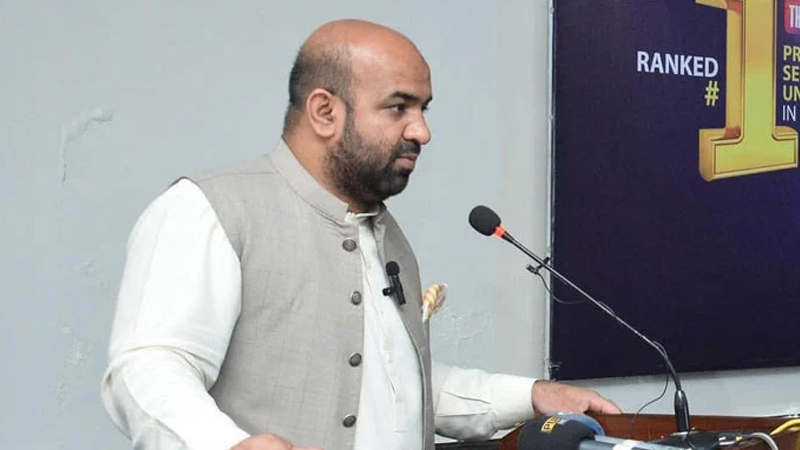
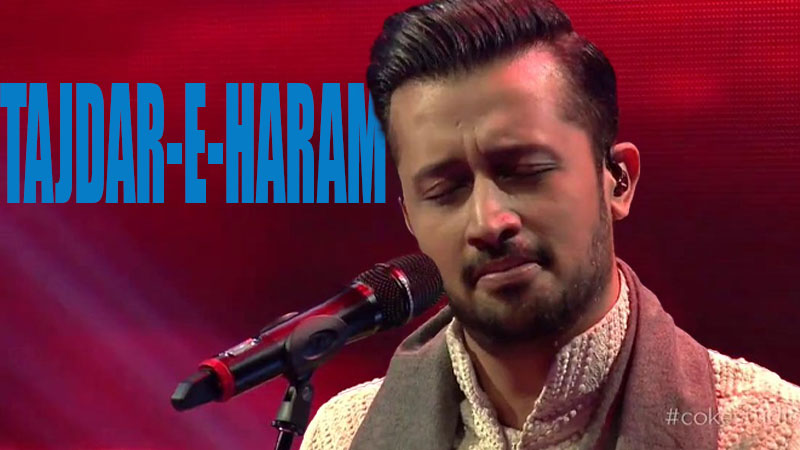
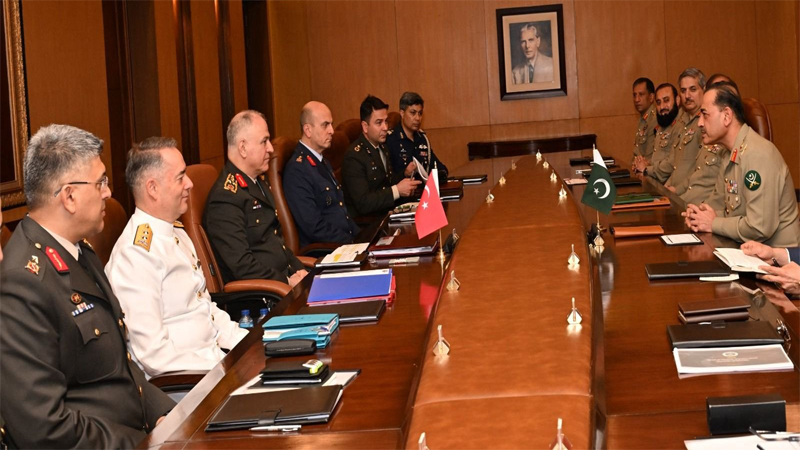
Leave a Reply